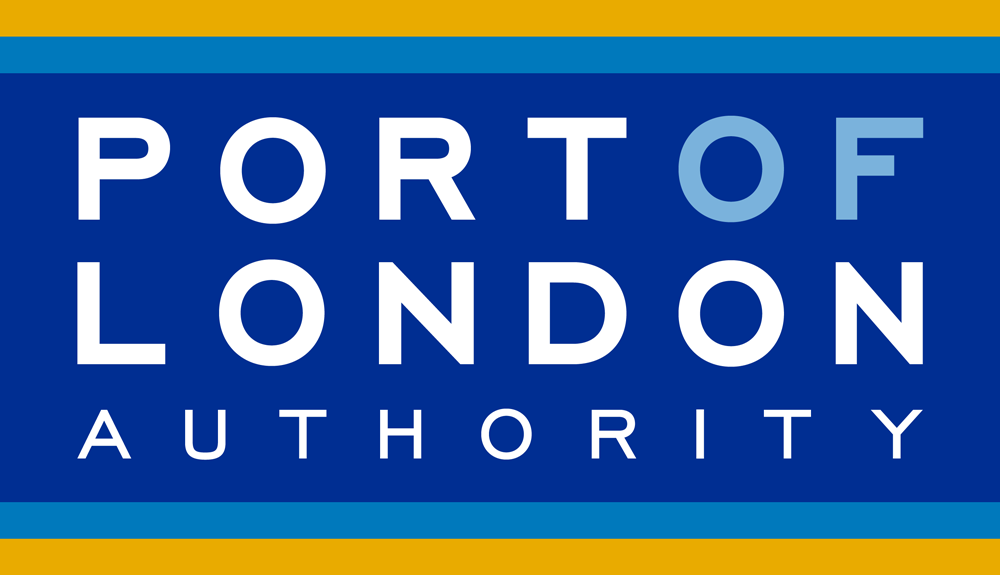Live Tides
NOTICES TO MARINERS
Charts & Surveys

Incident reporting
Life-threatening emergencies on the river:
Call 999 and ask for the Coastguard
For near miss, safety observations and incident reporting click below
New trainee pilots to support Thames pilotage demand
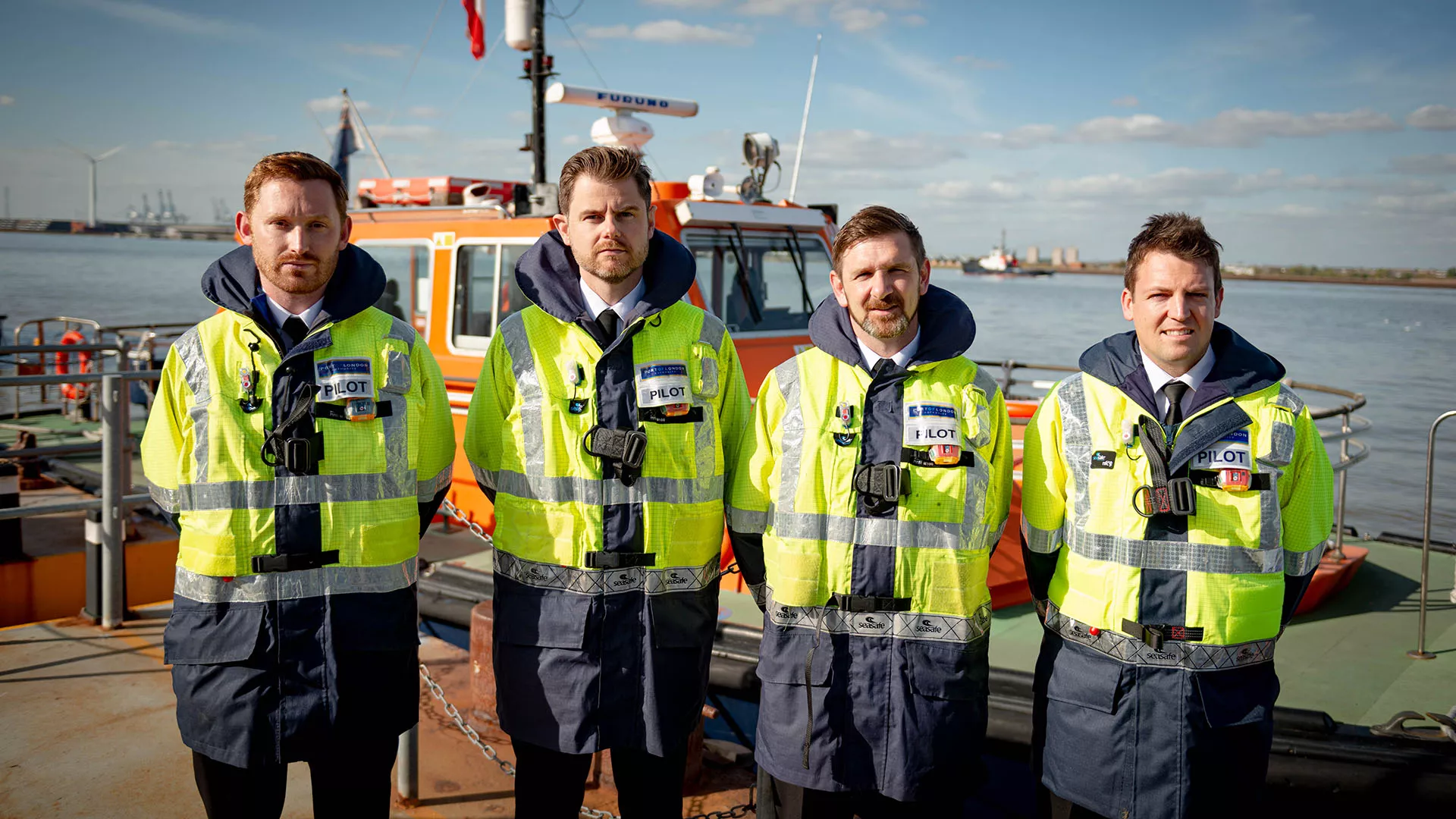
The Port of London Authority (PLA) has welcomed its latest intake of trainee pilots to meet growing demand for pilotage services in the UK’s biggest port.
The new recruits join a team of over 100 pilots, providing statutory pilotage to vessels visiting the tidal Thames, day and night.
In 2021, the PLA’s sea pilotage team delivered a 98.8 per cent service record to customers, in their busiest ever year, during which they guided almost 11,000 vessels, along the river and estuary, as trade recovered, following the COVID-19 lockdowns.
The four new trainee pilots have now embarked on a comprehensive training programme, to equip them with the skills and knowledge to tackle the specific challenges of navigating the Thames.
- Niall Egan began his seafaring career as a Trinity House cadet in 2010. After qualifying, he worked with Arklow shipping for a short time, before moving to the cruise industry, sailing worldwide for a decade.
- After starting his career with P&O Ferries in 2007, Tom Markram left the ferry industry to gain more deep-sea experience, joining Seabourn Cruise Lines, sailing worldwide. He then returned to the ferry industry, working his way through the ranks to become staff captain.
- Richard Peake also began his sea-going career joining Trinity House as a cadet. Since qualifying, he has worked on passenger vessels for both Carnival UK and Saga Cruises, progressing to serve as staff captain.
- Starting his career as a cadet at Holland America Line, Chris Seaman qualified in 2012 and continued to sail with them around the world for eight years. He then spent a short time working for Scotline as chief officer, learning lots about cargo handlings and gaining experience of being onboard small coaster vessels.
PLA pilots board vessels in all weathers and at all hours, including container ships, bulk carriers, dredgers and car carriers. The vessels carry everything from food to fuel, gravel for construction to the latest laptops. Guiding them to and from their berths of the river demands a high level of specialised training and safety awareness.
Bob Baker, PLA chief harbour master said:
“As demand on the river is on the up, and to backfill retiring pilots, increasing our pilotage team is key to delivering a reliable service to customers.”
Related content
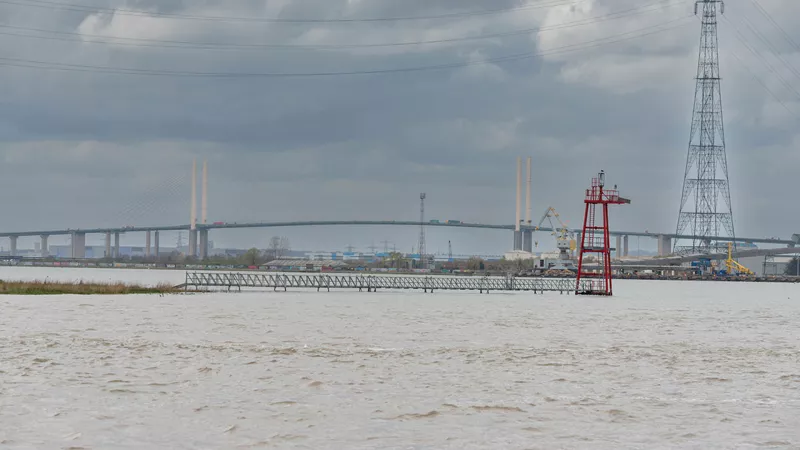

Location: London/Gravesend Remuneration: £28,971 per annum for a commitment of up to 24 days per...

Active Thames Fund opens for applications

Grants of up to £5,000 are available from the latest round of the Active Thames fund, a partnership programme led by the Port of London Authority (PLA).
The programme aims to enhance access and improve diversity and inclusion among under-represented groups, such as encouraging activity organisers to provide opportunities for people with disabilities and long-term health conditions.
Supported by Active Essex, Active Kent and Medway, London Sport, British Canoeing, British Rowing, RYA, Canal & River Trust and Thames Path National Trail, Active Thames promotes the development of watersports on the tidal Thames and inland waterways in London, Kent and Essex.
Now in its second year, the fund made 24 awards in 2021/2022 including; The Bluetits Chill Swimmers (Whitstable), the Royal Dolphins Rowing Club (Newham) and Dittons Paddle Boarding Club (Thames Ditton).
PLA sports manager, Jenny Cooper, said: “Active Thames is a key part of the Thames Vision, as we raise awareness of the benefits of blue space and promote the tidal river as a destination for physical activity.
“There are so many people living close to the Thames and inland waterways that haven’t used the water as an active environment.
This funding aims to change that perception by making watersports more affordable, accessible and inclusive, and bring new audiences to the river.”
The deadline for applications is 27 November 2022.
Apply on the Active Thames website.
Related content


Location: London/Gravesend Remuneration: £28,971 per annum for a commitment of up to 24 days per...

London to host 2023 British Ports Association Conference
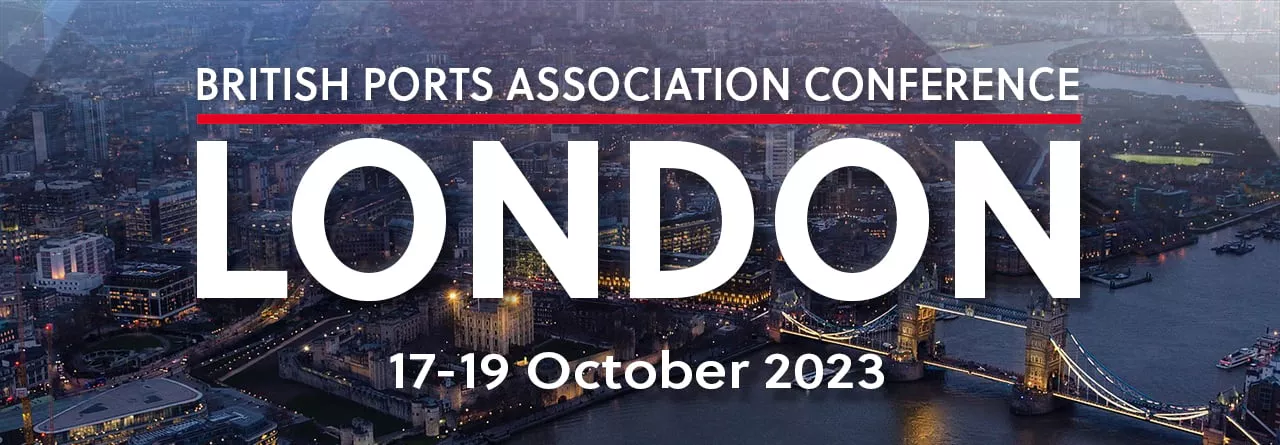
Next year’s British Ports Association (BPA) Conference is to be hosted by the Port of London Authority (PLA) in London, home to the UK’s largest port.
The conference will be held next autumn. The annual event attracts up to 300 delegates and provides a forum for debating key sector trends, keeping up with the latest technology developments and networking.
PLA director of corporate affairs, Alistair Gale, launched the London event at the close of the 2022 conference in Aberdeen. He said next year’s London conference would offer: “Opportunity to come together in the city that is home to the UK’s largest port. Opportunity to debate again the new and emerging challenges. Opportunity to explore and enjoy the sights, the sounds, the culture, the diversity of our historic capital city.”
He invited delegates to help shape the agenda for our next conference. Possible topics could include: marine and port safety; transport’s transition to Net Zero, at sea, at the dockside and on into landside infrastructure; Biodiversity Net Gain; and what want shippers want from ports.
BPA chief executive, Richard Ballantyne commented:
“We’ve had a great few days in Aberdeen, with fascinating industry insights and robust debate. Now we want to know what’s on the conference wish list of port and shipping industry delegates interested in joining the 2023 event. What would you like to hear about and who would you like to hear from?”
Alongside the busy conference programme, the PLA/BPA London event is expected to include river trips and a gala dinner. The PLA premiered a short film showcasing London to interested delegate at the conclusion of the Aberdeen event.
“It gives you a flavour of the London we know and love: the city, the river, the people and the energy,” said Alistair Gale.
Register your interest in joining the 2023 event below or at our dedicated website.
Related content


Location: London/Gravesend Remuneration: £28,971 per annum for a commitment of up to 24 days per...

PLA’s Thames Vision 2050 'brought to life' on National Poetry Day

To mark the launch of the Port of London Authority’s (PLA) Thames Vision 2050, a poem called ‘This River’ has been created, which celebrates the Thames’ past, present and future.
The poem ‘This River’ was developed during a series of workshops led by poet and founder of The Creative Writing Breakfast Club, Laurie Bolger, and young people, with a range of connections to the River Thames.
Thames Vision 2050 puts an emphasis on establishing the river as an excellent place to work, live, visit, get active as well as be a thriving habitat for nature. By creating the poem, the PLA wanted to bring the Thames Vision alive. The river should be protected for future generations, so it was important to have young people coming together across key areas of the vision, to talk about what the river means to them.
“I held various workshops, writing with participants, and then I took different lines that they wrote, and different ideas, and put them together in a poem... I think it’s come out beautifully.” - Laurie Bolger
Once the poem had been created, the group of young people took part in a recital of ‘This River’, which was filmed on the banks of the Thames.
The participants were; Beauty Marshall from the PLA, Tommy Allison and Rosie Johnson from Port of Tilbury, Storm Smith-Suckoo from Thames Active, Chloe Russell from Thames Estuary Partnership, Annabel Taylor-Munt and Sean Ross from Thames Festival Trust and Tashi Spence from Fulham Reach Boat Club.
Alistair Gale, PLA Director of Corporate Affairs said: “Making the Thames accessible to all is one of our five priorities for action. It’s fantastic to see this demonstrated through the words of the young people who created this poem.”
Beauty Marshall said: “I loved working on the poem, it was nice to hear everyone’s stories as to how they are connected to the river. I really enjoyed writing and getting creative and the final product was so meaningful to everyone involved”.
Related content


Location: London/Gravesend Remuneration: £28,971 per annum for a commitment of up to 24 days per...

So much to enjoy
Remiiya Badru
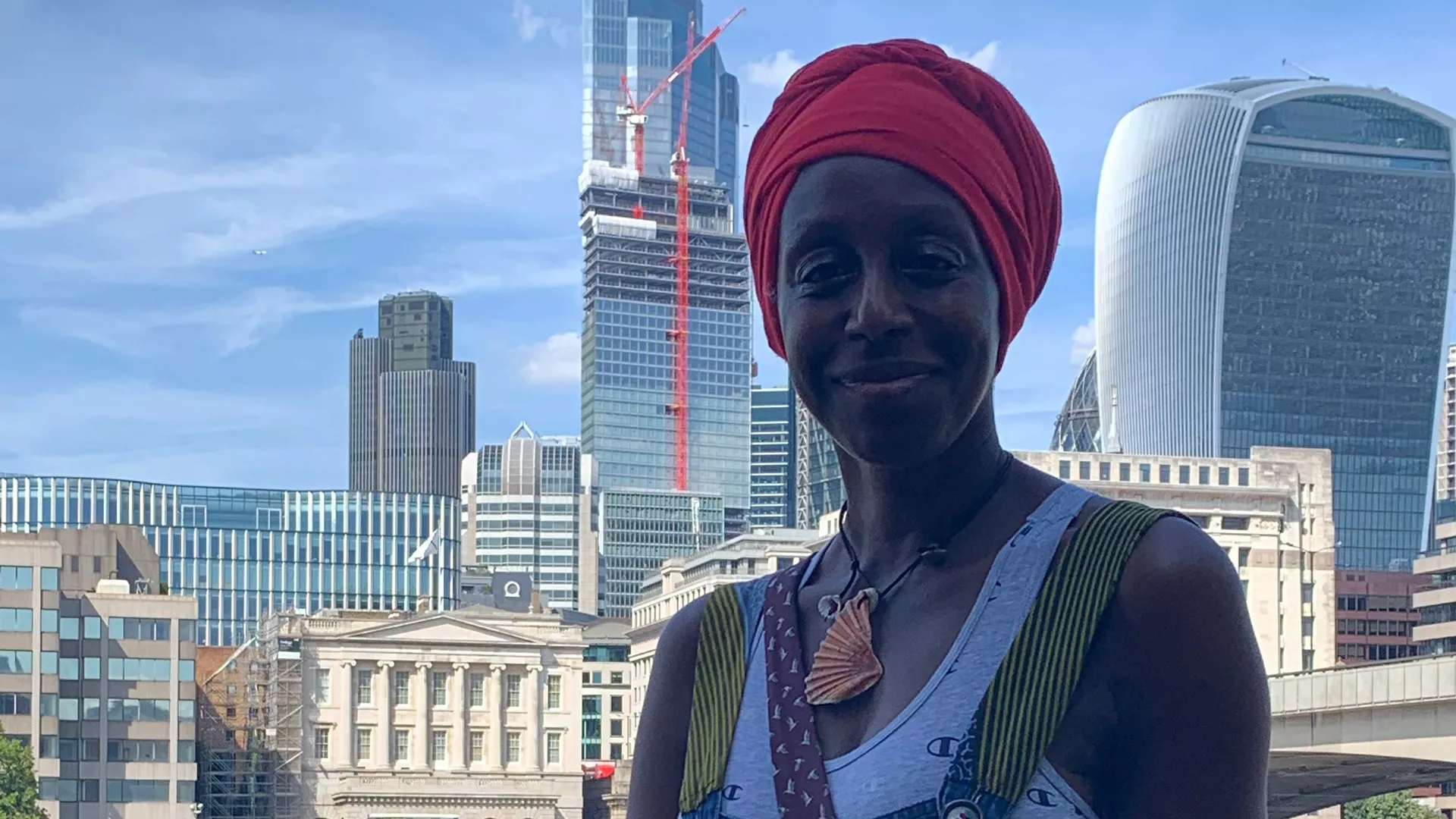
As Black History Month gets underway, Remiiya Badru, an artist and keen walker from South East London, describes how the capital’s river has shaped her life.
Lifelong learning
“Launched in the UK in the 1980s, as a counterbalance to the traditional, Euro-centric approach to the past, Black History Month is an important celebration of our heritage, our ancestors and the contribution black people have made to this country, from before the Windrush era right up to the present day.
“There’s a huge range of events taking place this year.
“I’ll kick off by going to the Black Cultural Market in Brixton and I’ll most likely go on some of the special Black History walks around London.
“Learning is lifelong in my book.”
Capital connection
“I am a born and bred Londoner.
“I’m a bit of an urban nomad, I have lived in lots of different places in the capital.
“My relationship to the Thames is intrinsic to my life on many levels.
“I have had a growing connection to the river over the last twenty years.
“My ‘eureka’ moment with the river occurred on a trip to Docklands in the 1980s when the Docklands Light Railway was under construction and nearing completion.
“I was totally immersed in this juxtaposition of old and newly-emerging industrial and post-industrial environments.
“I just felt this immediate connection and a shift in my being, which was sublime.
“I felt home.”
Creative inspiration
“I didn’t think much about it until many years later, when I began to deepen my relationship with the river through my art, walking as meditation and discovering a range of narratives.
“All things art and design are my core passions, my oeuvre, my being, my life!
“When I first started to explore the river, I took my film camera to take photographs of places that caught my eye along the riverfront.
“I have also made drawings and written poetry in response to my sojourns.
“I am inspired by the history of the old docks, the people, the changes, the scent, colours, sounds and the spirit of the water.
"I found the PLA’s London: Port City exhibition at the Museum of London Docklands really fascinating.
“It was beautifully designed and laid out, fun and informative.
“I really loved discovering the meanings or the interpretations behind the names of places around the docks. I also liked the pea shooter lady – what a great job! I noticed everyone who stopped to read about her were in fits of laughter."
A wider audience
“I think that growing numbers of my fellow Londoners rightly feel a sense of ownership of the Thames.
“With wellbeing and mental health high on the agenda, I am pleased the importance of the river is coming more prominent.
“There is so much to enjoy on the river and its tributaries.
“I for one adore Totally Thames, which really opens up the river to more people.
“I am already looking forward to next year’s festival.
“It’s great too that more transport routes on and over the river are being made available."
An evolving landscape
“More and more of us are now captivated by the river’s history and beauty.
“Some of the river’s heritage, such as jetties and old buildings, integral to the city’s development for centuries, are either being swamped by skyscrapers, or in some cases being demolished, to make way for the new developments, such as apartment blocks.
“In some locations, with their ‘clinical’ appearance, they have irrevocably changed the spirit and face of river walkways.
“The energy feels different, once all of the old has been ‘swept’ away.
“My personal feelings are mixed on this matter.
“It’s not a simple issue.
“Development is occurring at different rates, in different ways up and down the river.
“We need to develop our urban infrastructures and preserve our infrastructural heritage at the same time."
Pathfinder
“The river allows me to connect with my inner self, nature and to embark on adventures of discovery and exploration.
“Whilst I have always been a walker, connecting to the river at various locations more intensely has totally transformed and enriched my creativity and walking experiences. “My friends have come to share my passion for the river through joining me on long walks.
“Like me, they are intrigued, rejuvenated and inspired by discovering all kinds of nooks and crannies, plus the untold stories.
“If you are interested in walking with me, especially within and around the London Docklands, please get in touch.
“My Instagram handle is ‘remiiyariverambler’.
“On my walks, I have met a diverse range of people, from retired dockers to developers.
“I always enjoy hearing people’s stories, about how they relate to the river, and sharing mine with them."
Caught on camera
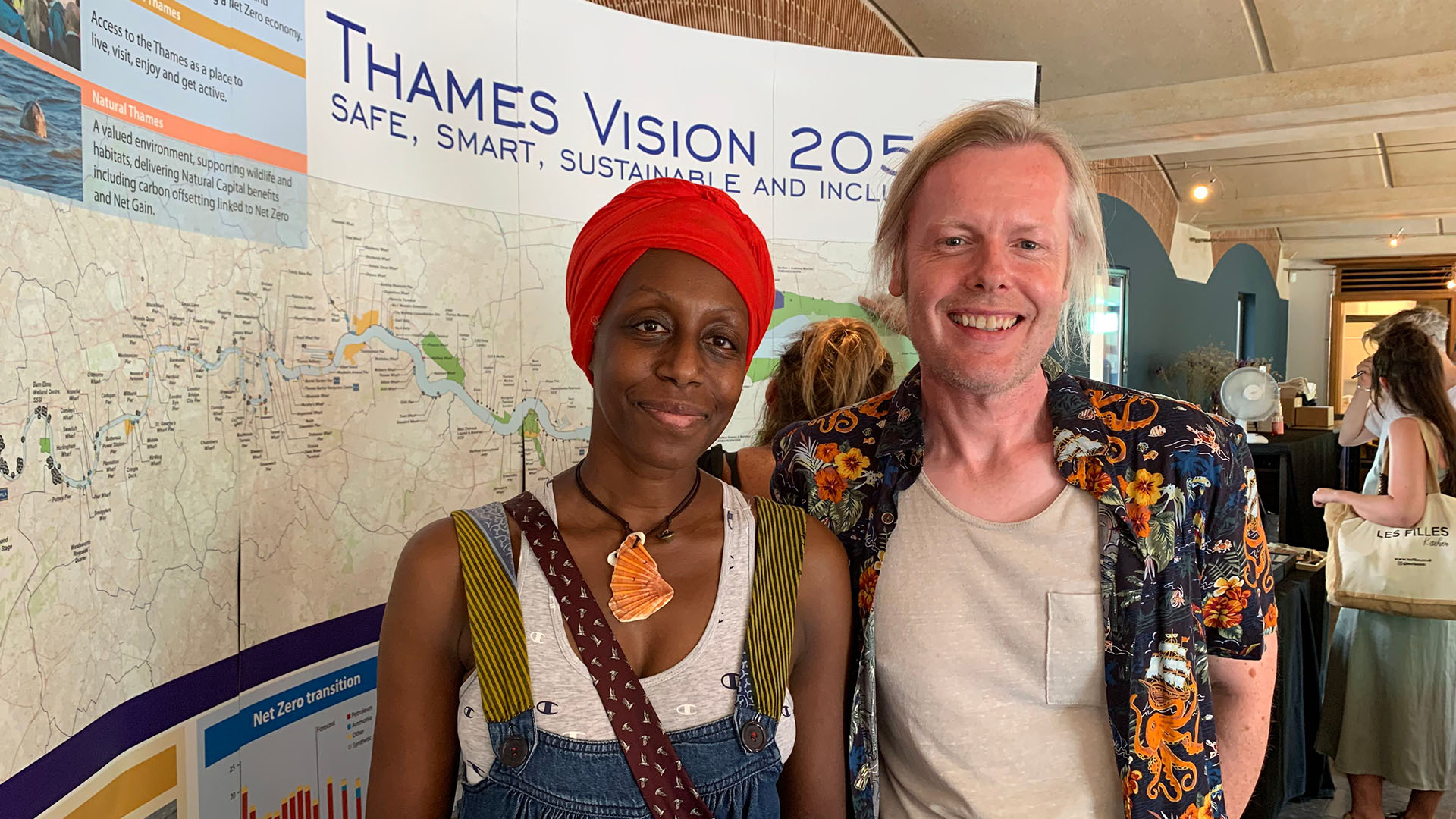
“One sunny afternoon, I was returning from a walk to Trinity Buoy Wharf, heading towards Island Gardens.
“At Millennium Wharf, I noticed a guy with a fancy camera, so I stopped to find out what he was doing - I often chat to random strangers along the path, if my curiosity is aroused.
“Anyway, we started talking and sharing our interests and passion about the river and new developments.
“My newly-found river friend turned out to be filmmaker, Paul Wyatt.
“After a full two hours chatting, we also spotted the ‘Mud God’ (aka Steve Brooker) down on the foreshore, larking about with a few people in tow, and exchanged ‘hellos.
“It was a magical moment.
“Paul went on to ask request that I appear in Time and Tide, a documentary he has been working on for some time now, about people's relationship with the Greenwich shoreline.
“I didn’t hesitate to say ‘yes!’.
“The 90-minute film has quite a cast; I feel honoured to be part of it.
“It’s due to be formally released this autumn, but a preview trailer is available online.
“My interview was an amazing, serendipitous moment, which I embraced fully.
“I thoroughly enjoyed the experience."
Beyond the river
“I am a lover of all things related to fashion design, cloth and yarn!
“I am a keen recycler, up-cycler and customiser too, with a passion for re-purposing clothing no longer wanted or worn, into bags, for example.
“I also knit large, chunky scarves, love books, cooking and visiting exhibitions in museums and galleries."
Quick fire
- Sum up the river in three words: Narrative. Sublime. Sanctuary.
- Best river view? Only one? There are many to choose from! My top three would be: the outlook from the Royal Victoria Bridge in Royal Docks, with the planes flying overhead in readiness to land; the panorama from Longplayer in Trinity Buoy Wharf, with Tibetan sound bowls algorhythmically resonating; and the Thames Barrier, from north or south. Beautiful!
- Favourite Thames eatery? I really love the Mayflower in Rotherhithe and the Prospect of Whitby in Wapping. They both sell really delicious food!
Related content


Location: London/Gravesend Remuneration: £28,971 per annum for a commitment of up to 24 days per...

Her Majesty Queen Elizabeth II
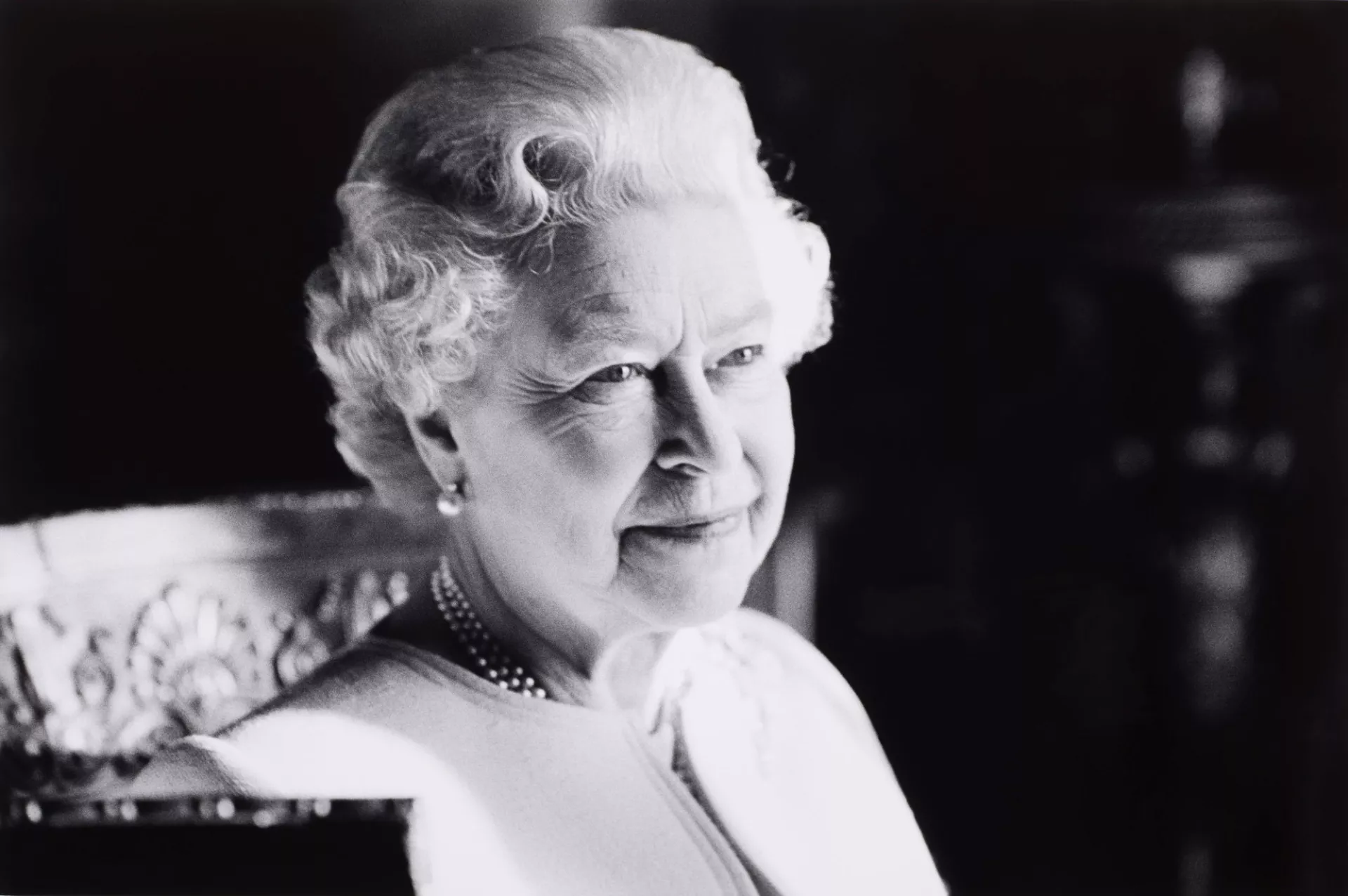
On behalf of The Board and Staff of the Port of London Authority:
We are deeply saddened to learn of the death of Her Majesty, Queen Elizabeth II.
The Queen was a friend of, and visitor to the river over her long reign. The Thames, the royal river, hosted numerous events, including the River Pageant in 2012, marking Her Majesty’s Diamond Jubilee.
It was our privilege to maintain the royal barge, the Royal Nore for Her Majesty. The Nore was used during visits to the Thames for official events including: the official opening of the new London Bridge in March 1973; the Thames Barrier, in May 1984; the Millennium Dome in 1999; and the Millennium Footbridge in 2000.
Everyone at Port of London Authority expresses their condolences to the Royal Family at this sad time.
8 September 2022
Related content


Location: London/Gravesend Remuneration: £28,971 per annum for a commitment of up to 24 days per...

Sewage pump-out service provision on the tidal Thames
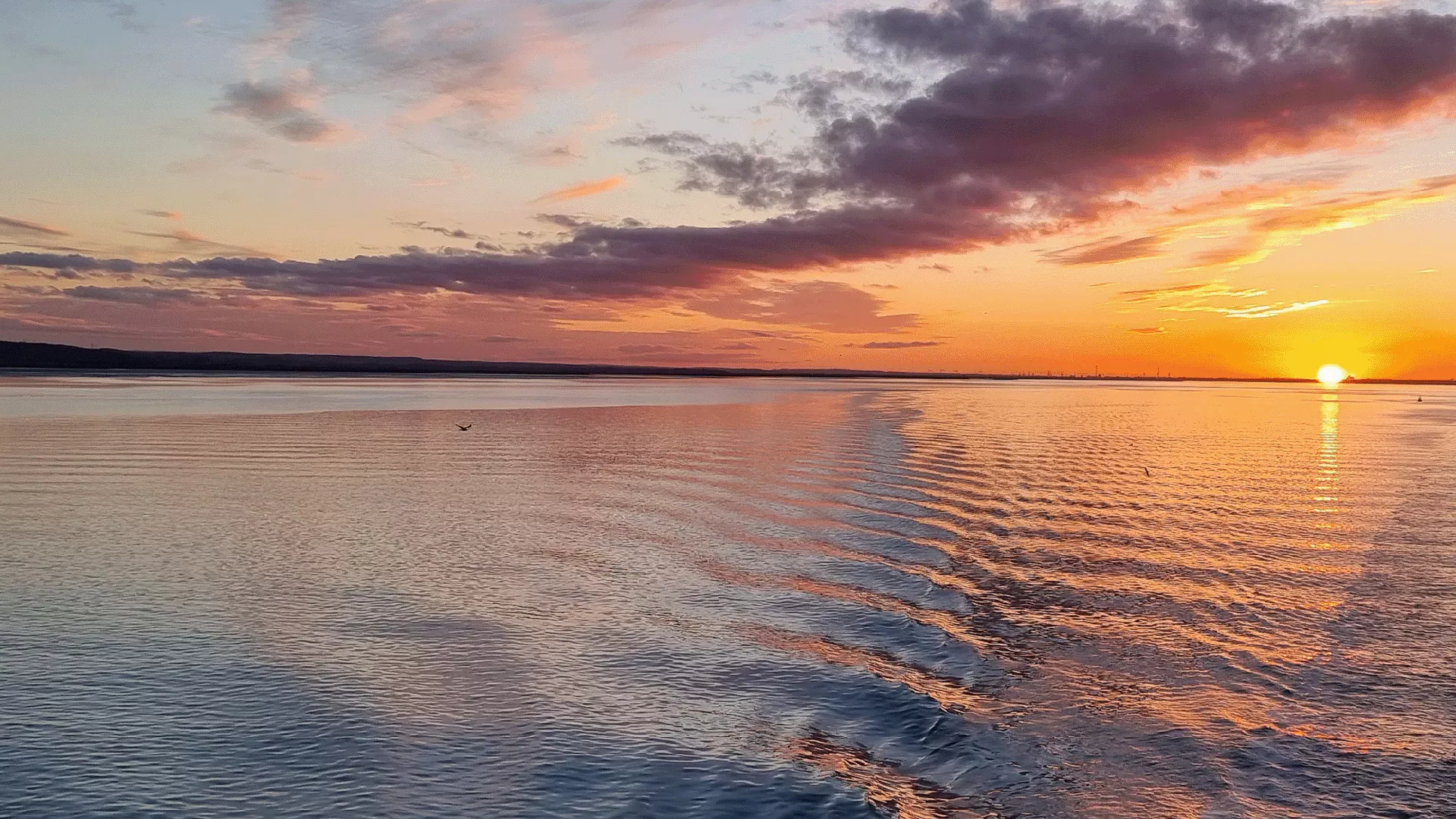
Consultation with operators: 8 August 2022 – 9 September 2022
The Thames Tideway Tunnel (also known as the ‘super sewer’) is due to be operational in 2025, stemming the overflow of untreated sewage into the river after as little as 2mm of rainfall.
This will deliver the most radical improvement in the tidal Thames’ water quality in generations.
We are supporting this improvement by introducing a General Direction, with effect from 1 July 2024, banning the disposal of black water (i.e. sewage) into the tidal river by commercial vessels.
From 8 August 2022, a month-long consultation with operators will assess how best to implement this change.
It aims to establish the preferred way for alternative disposal options to be provided, where arrangements are not already in place.
We are mindful that to comply, vessel owners and operators, who do not already have provision in place for sewage disposal, will need access to a suitable disposal route.
Our objective is to capture any changes that may have occurred since our last consultation on this issue in 2015 and review progress on compliance made over the last seven years.
We specifically want to establish what additional facilities will be required and how they can best be provided.
Related content


Location: London/Gravesend Remuneration: £28,971 per annum for a commitment of up to 24 days per...

First electric charging for commercial operators coming to the Thames

The first-ever, high-capacity, electric, shore power station for vessels using the tidal Thames is due to come on stream next year, in a deal engineered by the Port of London Authority (PLA).
A PLA loan will enable Net Zero Marine Services (NZMS) to install the first charging point at West India Pier, with another set to follow in central London.
Over the next six months, NZMS will be working with the UK Power Networks to extend the capital’s electricity supply infrastructure to the river.
Using renewable sources of electricity, the charging points will also be available to power other plant and equipment using the river.
Robin Mortimer, PLA chief executive, said: “Hopefully the first of many, these new charging points are set to be a game changer for the tidal Thames.
“They are another major step forward in our work to decarbonise the river and deliver Net Zero.
“They also have the potential to help give the capital the edge over competitor ports around the world.
“To thrive, the Thames must remain a working river and play its part in protecting the planet, creating a better quality of life for everyone.
“The two must and can go hand in hand.”
NZMS director, Miles Cole, said: “These shore power facilities can significantly reduce diesel consumption by the river’s fleet and cut greenhouse gas emissions.
“They are essential for attracting more carbon-neutral, electric and hybrid vessels to the Thames, a fast-emerging market.
“They will play a key role in securing the continued prosperity of the river, benefiting all its users.”
The deal was brokered by the PLA’s head of commercial development, Glenda Frost, and head of legal, Ashleigh Evans.
Glenda Frost said: ”All involved have come to this deal with a flexible, can-do approach.
“It will hopefully be a catalyst for further green investment in the future of the tidal Thames by businesses and users who depend on it for a living.”
For further information, please contact:
PLA: [email protected]
NZMS: [email protected]
Related content


Location: London/Gravesend Remuneration: £28,971 per annum for a commitment of up to 24 days per...

Air quality tests underway after vessel’s green refit

Tests have started to assess the effectiveness of equipment installed to cut air pollution emitted from Port of London Authority (PLA) vessel, Driftwood II.
Last month, students from University College London (UCL) visited the PLA’s marine operations hub in Denton, Gravesend, to monitor nitrogen oxide (NOx) levels from the vessel’s exhaust, following the fitting of selective catalytic reduction technology to her two propulsion engines and generator.
The gases collected by mechanical engineering PhD students, Sheng-Wei Wang and Chengfan Tang, will be now analysed in UCL’s laboratory, to measure the concentration of NOx and other air pollutants. The results will be compared with similar undertaken before the refit.
The vessel’s green upgrade has been co-financed by the Cross River Partnership, as part of Clean Air Thames supported by the Mayor’s Air Quality Fund and the City of London Corporation.
Dr Veronica Chan, the air quality lead in the PLA’s environment team, said: “The results of these tests will be an important guide to how our fleet and other vessels can contribute to reducing air pollution all along the tidal Thames.”
Limited space on board Driftwood II required a complete overhaul of the engine room. This included converting an unutilised chemical tank to a fuel tank.
Driftwood II is used to clear river debris and maintain moorings.
Related content


Location: London/Gravesend Remuneration: £28,971 per annum for a commitment of up to 24 days per...

River restoration
Carolina Pinto

Thames21’s river restoration manager, Carolina Pinto, is looking forward to London Rivers Week (11- 18 July).
“The Thames has been a feature of my life since childhood, through books and films.
“My first encounter with the river is etched deep in my memory.
“I was on a study trip to London, many years ago now.
“I visited several bridges in central London and was captivated, watching the majestic river flowing beneath me.
“It was the moment I decided I wanted to study the Thames and help restore it.”
Brazilian upbringing
“I have always had a passion for rivers. They help me relax.
“Each phase of my life has been marked by vivid memories of a river.
“Growing up in south east Brazil, it was the River Doce. During my adolescence, it was the Benevente.
“As a child, I lived in Vitoria, the capital city of Espírito Santo – an island very rich in nature.”
“Known as the ‘sun city’, it is surrounded by other small islands, intersected by the ‘green-blue’ sea.
At school, my favourite subjects were mathematics and biology – both are a big part of my work at Thames21.”
Dream job
“At Thames21, I coordinate restoration projects on the river, from source to sea, and its tributaries, for the benefit of people, wildlife and the environment at large.
“My work base varies. Sometimes it’s our main office in the historic, City of London Guildhall, but I also regularly like getting out to our hub in Bow, overlooking the River Lee, in east London, near the Queen Elizabeth Olympic Park.
“There is no typical week for me.
“An average day might involve a site visit in the morning, such as the River Rom, to run an aquatic invertebrate survey, followed by an office meeting with a local authority to discuss issues river improvements.”
Community relations
“My first Thames21 project was on the River Brent in north west London, working with disadvantaged communities on restoration initiatives.
“It was an amazing experience, exploring arts and citizen science as vehicles for getting people engaged.”
London Rivers Week
“Launched in 2016, London Rivers Week highlights the role we can all play in improving the capital’s waterways.
“The aim is to highlight the challenges local rivers face and inspire action.
“This year the focus is on ‘rewilding’ - using natural processes to rejuvenate biodiversity.
“I am running a series of interesting events on the River Rom, the Quaggy, the Gores Brook and in Thamesmead.
“It will be an intensive seven-days for our volunteers, monitoring invasive species, for example.
“There will also be a diverse programme of walks, talks and webinars – full details are on Thames21’s website.”
Past, present and future
“Our work with communities and partners to improve and maintain the Thames and its tributaries is constantly evolving.
“Since 2000, more than 40 river restoration projects have taken place across London.
“Small and medium scale rewilding projects have succeeded in expanding native vegetation for example in the city of London, and re-introduced reedbeds in the capital’s waterways.
“Initiatives to increase freshwater, wetlands and floodplains in recent years have attracted a variety of species, boosting biodiversity.
“Areas of once nature-poor grassland have been transformed into thriving green-blue spaces, brimming with life.
“But there is still much more to do.
“We are currently completing our latest five-year plan.
“One of its key goals will be to increase the length of rivers restored from 5k to 15km by 2027.”
Climate emergency
“For me personally, tackling the negative impacts of man-made climate change is the biggest challenge facing the river.
“We are seeing more severe weather patterns, resulting in more droughts and floods.
“London’s rivers will need to be climate resilient.
“Rises in river temperature are increasingly threatening wildlife.
“Warmer water means less reproduction, less food and less oxygen for freshwater species.
“We need to increase investment in large-scale, nature-based solutions to improve wildlife habitats.
“My personal priorities are to exploit scientific advances to develop more natural watercourses and give wildlife more space to adapt.”
Quick fire:
- Role models? As a child, my five great-aunts, all teachers in Vitoria were my heroes. They still are.
- Best river view? The Thames has so many good views, I love Tower Bridge at night. It is spectacular.
- Recommended watering hole? I like the Bull’s Head in Chiswick – but always check for high tides before going.
- Other passions? I really enjoy gardening and walks in the woods.
Related content


Location: London/Gravesend Remuneration: £28,971 per annum for a commitment of up to 24 days per...

Discover


